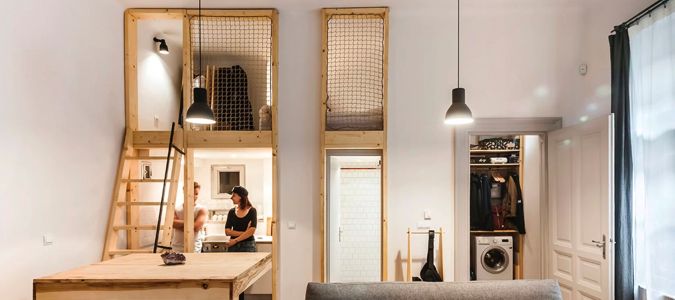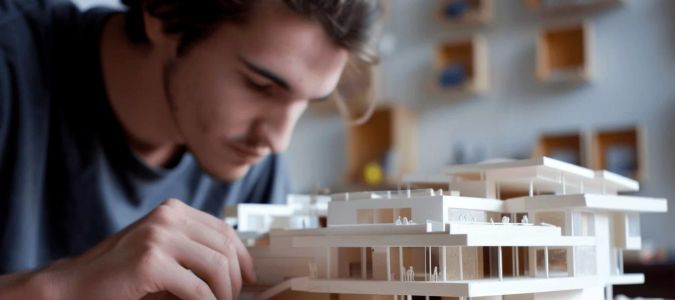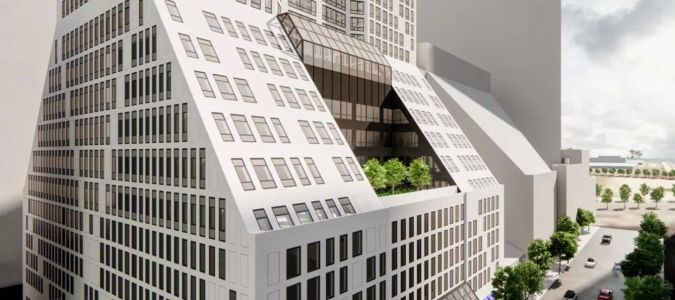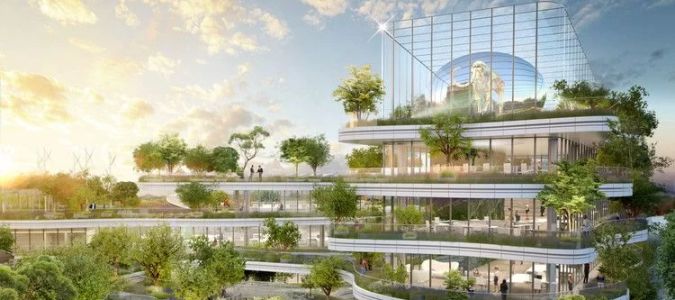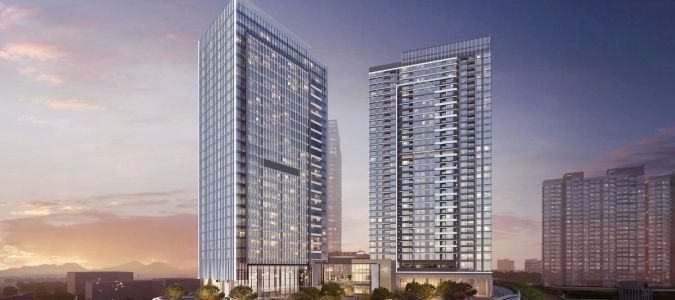How to Collaborate with Architects to Create a Green Home: A Practical Guide
- Understanding Green Home Design
- The Role of an Architect in Green Home Design
- Essential Elements for a Sustainable Home
- A Collaborative Approach to Sustainable Design
- Real-Life Case Study: Building a Green Home
Understanding Green Home Design
When embarking on the journey to create a green home, it’s essential to understand the principles of sustainable architecture. Green home design involves incorporating environmentally responsible practices into the building process, resulting in homes that are energy-efficient, eco-friendly, and healthier for the inhabitants. The goal is to reduce the carbon footprint and minimize the impact of the building on the natural environment.
Green homes are designed to use natural resources efficiently, with an emphasis on energy conservation, renewable energy sources, and water-saving technologies. The materials used in the construction of green homes are sustainable, with a focus on renewable, recycled, and locally sourced options. This holistic approach not only benefits the environment but also ensures long-term savings for homeowners through lower energy and maintenance costs.
The Role of an Architect in Green Home Design
Collaborating with an architect is crucial when designing a green home. Architects specializing in sustainable design have the knowledge and experience to create buildings that balance functionality, aesthetic appeal, and environmental responsibility. Here’s how architects contribute to the creation of a green home:
- Site Selection and Orientation: Architects help determine the best location for your home based on environmental factors such as sunlight, wind patterns, and natural topography. By strategically positioning the home, they can optimize natural light and airflow, reducing the need for artificial lighting and air conditioning.
- Energy-Efficient Design: Architects incorporate energy-efficient features such as high-performance insulation, energy-efficient windows, and passive solar heating. They also help integrate renewable energy sources like solar panels or wind turbines to power the home.
- Material Selection: Sustainable architects carefully select materials that have a minimal environmental impact. This includes using renewable, recycled, and low-toxic materials, ensuring that the home is both eco-friendly and durable.
- Water Conservation: Architects also design systems that reduce water consumption, such as rainwater harvesting, greywater recycling, and low-flow plumbing fixtures. These systems help homeowners conserve water and reduce utility bills.
- Indoor Air Quality: A green home focuses on improving indoor air quality by using non-toxic paints, finishes, and building materials. Architects ensure proper ventilation and natural air circulation to maintain a healthy indoor environment.
Through careful planning, an architect can help you integrate all these elements into a cohesive, functional, and aesthetically pleasing design for your green home.
Essential Elements for a Sustainable Home
When designing a green home, several key elements contribute to its sustainability. These elements not only make the home eco-friendly but also enhance its functionality, comfort, and long-term value. Here are some of the essential components to consider:
- Energy-Efficient Appliances: Modern, energy-efficient appliances are a must-have in any green home. From refrigerators to washing machines, choosing appliances with Energy Star ratings can drastically reduce your home’s energy consumption.
- Solar Power: Installing solar panels is one of the most popular and effective ways to make a home more sustainable. Solar energy can power lighting, heating, and even appliances, significantly reducing your electricity bills and reliance on non-renewable energy sources.
- High-Quality Insulation: Proper insulation plays a crucial role in maintaining comfortable indoor temperatures while minimizing energy loss. Insulating walls, floors, and roofs with sustainable materials helps keep your home warm in winter and cool in summer.
- Water-Efficient Fixtures: Installing low-flow faucets, showerheads, and dual-flush toilets can significantly reduce water usage without compromising on comfort. Rainwater harvesting systems can also be installed to collect and store water for landscaping and non-potable uses.
- Natural Ventilation: Maximizing natural ventilation helps cool the home naturally and reduces the need for air conditioning. Architects design windows and openings strategically to promote air circulation while maintaining privacy and security.
By integrating these elements into your green home design, you’ll not only enhance its sustainability but also reduce ongoing operational costs and improve your quality of life.
A Collaborative Approach to Sustainable Design
Creating a green home requires collaboration between the architect, the client, and other professionals such as engineers and contractors. An architect’s role goes beyond simply designing a home; they guide the entire process, ensuring that sustainable practices are implemented at every stage of the project. Communication and collaboration are key to achieving a successful result.
Here’s how to collaborate effectively with an architect to create your green home:
- Set Clear Goals: Begin by discussing your sustainability goals with your architect. Whether it’s reducing energy consumption, using local materials, or incorporating green technologies, setting clear goals from the outset helps the architect develop a design that meets your expectations.
- Research and Involvement: Stay informed about green building practices and materials. This allows you to make informed decisions and ensures that your vision aligns with your architect’s design approach.
- Consider Your Budget: While green homes offer long-term savings, some sustainable materials and technologies can have a higher initial cost. Work closely with your architect to create a design that fits within your budget while still achieving your sustainability goals.
- Be Open to New Ideas: Architects bring expertise in sustainable design solutions that you may not have considered. Be open to their suggestions, as they can help you make the most of your space and resources while creating a truly green home.
By actively participating in the design process and collaborating with your architect, you can ensure that your green home is both functional and sustainable, tailored to your specific needs and lifestyle.
Real-Life Case Study: Building a Green Home
Let’s take a look at a real-life case study. A couple in California decided to build their dream green home, prioritizing sustainability, energy efficiency, and eco-friendly materials. They worked with an architect who specialized in green design to create a space that was not only functional but also aesthetically pleasing.
The design process involved selecting materials such as recycled steel, bamboo flooring, and non-toxic paints. Solar panels were installed to provide the majority of the home’s electricity needs, and rainwater harvesting systems were integrated to reduce water consumption. The architect also designed the home with natural ventilation and large windows to maximize daylight and reduce the need for artificial lighting.
The result was a beautiful, energy-efficient home that reflected the couple’s commitment to sustainability. By collaborating closely with their architect, they were able to create a space that not only reduced their carbon footprint but also provided a comfortable and healthy living environment.
If you’re interested in creating your own green home, collaborating with an architect can help you turn your vision into reality. For expert advice and services, visit [10 jay street] for more information on how we can help you build a sustainable, eco-friendly home.




